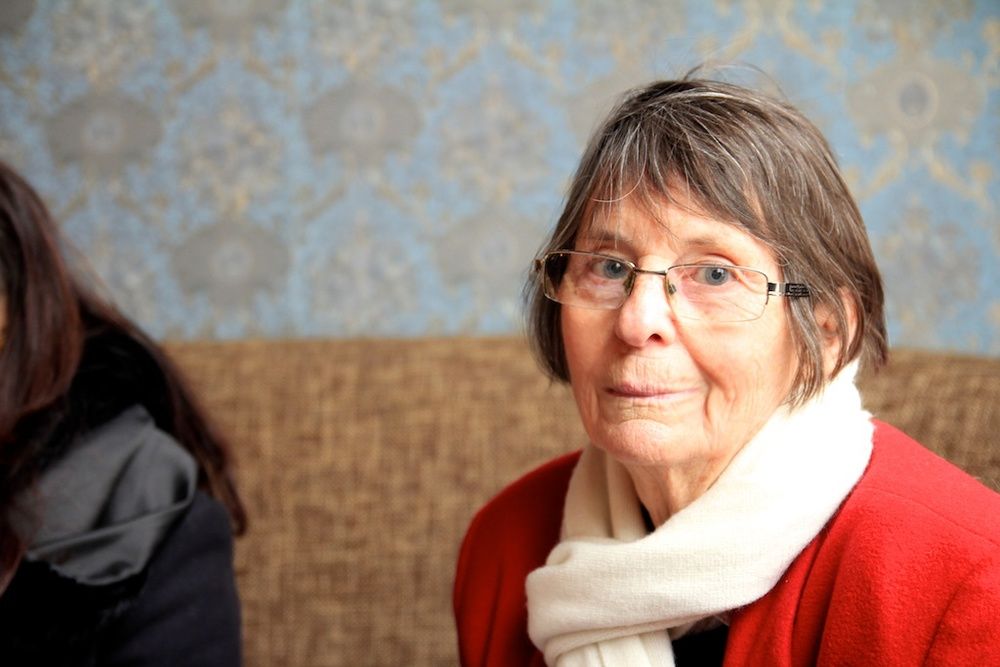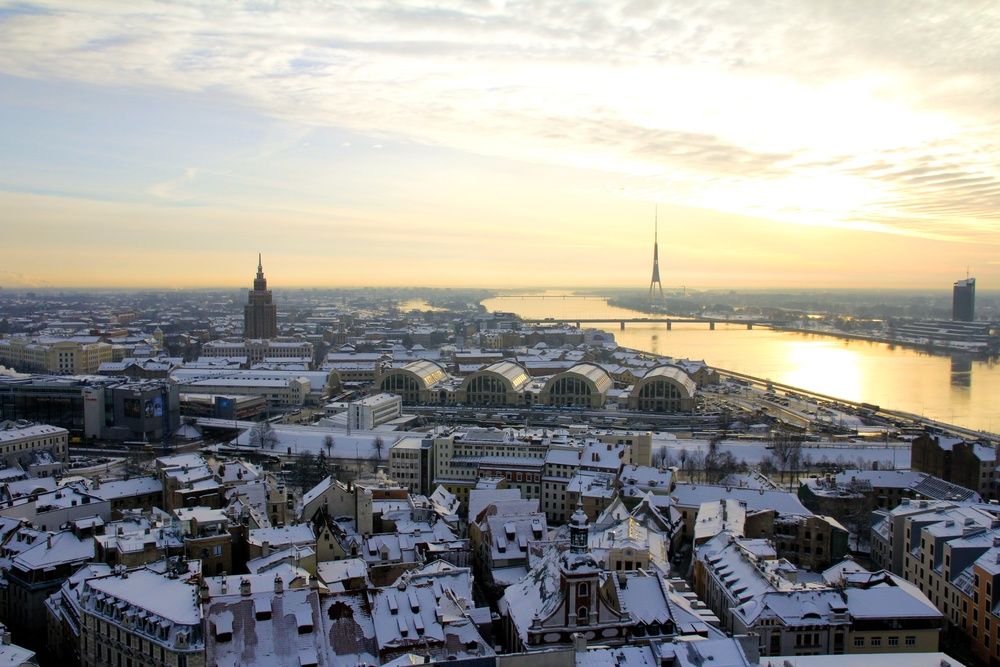
December 16, 2013
one – taking in the view of riga from st. peter’s church tower
St. Peter’s Church is one of the oldest medieval architecture in the Baltic States. Like most medieval structures, it was destroyed, demolished, burnt down, reconstructed and restored many times over the years. It was eventually declared a UNESCO Word Heritage site in December 1997. The panorama view of Riga from the church tower was simply breathtaking.
two – free walking tours
Ok, it was not entirely free. We were meant to tip them at the end of the tour. The first tour that we did was totally unexpected and unplanned, and it turned out to be the best decision we made that day. Edgars, who was very informative and enthusiastic, showed us around Old Riga, which was the original size of Riga city – it was tiny! The second tour, was with Simona (who was animated but slightly long-winded) around the Moscow District and Jewish Ghetto, which have now become a creative hub for artists and musicians. Each tour took about 2 ½ hours. With much passion, love and pride, Riga came alive as Edgars and Simona shared stories about their city. Well worth the hours spent walking in the cold, against the strong winds, and not being able to feel my toes.
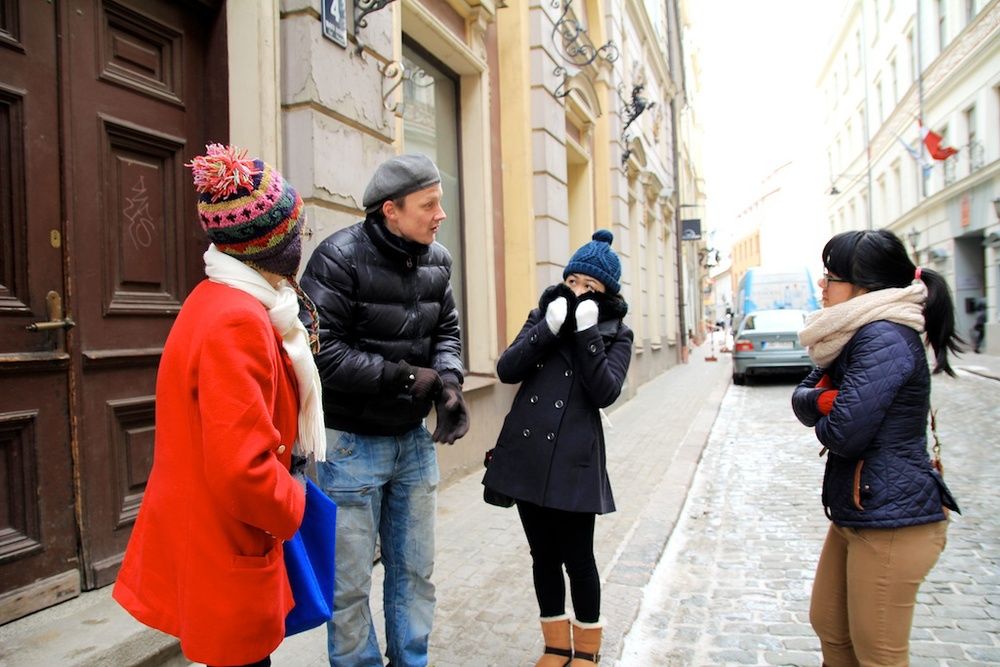
three – visiting the occupation museum
Latvia is a small country, fortunately/unfortunately, strategically tucked between large and powerful countries. Everyone wanted a piece of her. She has gone through so much pain – having gained independence in 1918 only to lose it barely twenty years later to the Soviet Union, then the Nazi Germany and back in the hands of the Soviet Union again. The exhibition at the museum tells the stories of life in Latvia during these occupations from 1940 to 1991 and how the freedom fighters fought to regain their independence. It is the mission of the museum to “remember the victims of the occupation: those who perished, were persecuted, forcefully deported or fled the terror of the occupation regimes”. The totalitarian regimes of these three occupations left a deep mark in the history of Latvia which can be seen through the structures, buildings and people around the city of Riga. During this period, many Latvians either fled the country or were forcefully deported. This resulted in Latvians becoming the minority in their home country and one can hardly find a local of pure Latvian ethnicity today.
Even though Latvia gained their independence again in 1991, some say they are slowly losing it again (having joined the EU in 2004). The Lats will also become redundant from 1 January 2014 onwards, when the Euro takes over. The struggle to preserve the Latvian culture and identity, which were being eroded throughout the years of occupation, continues.
It is sometimes scary to think about what we, as humans, are capable of. Can never wrap my head around it.
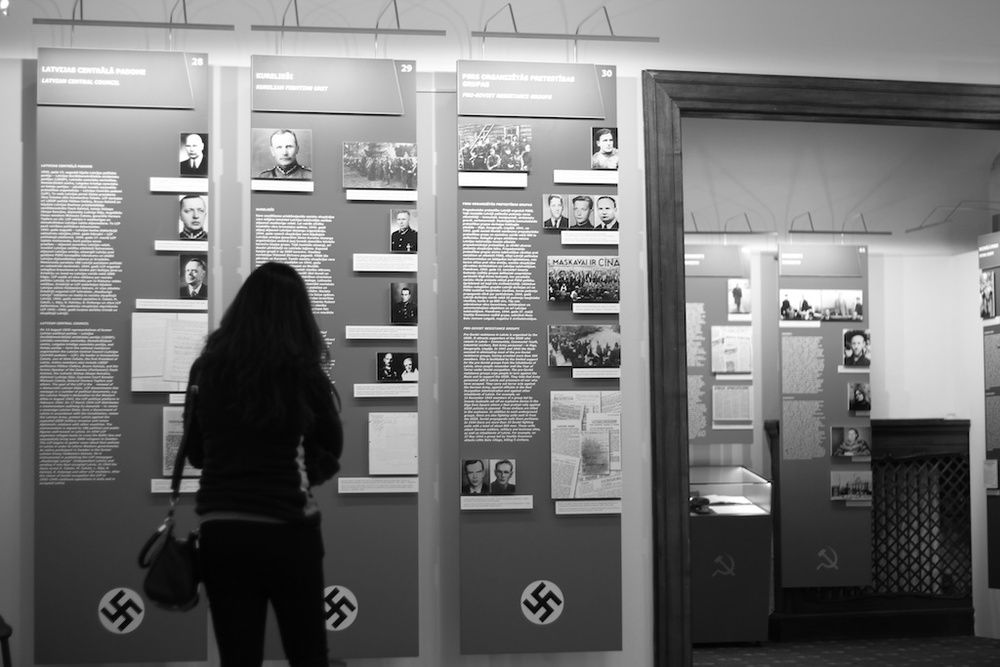
four – getting lost in old riga
The point of traveling without a fixed itinerary is so that you could wander around and hope to stumble upon something interesting, and you almost always do. Well, I do. You just have to open your eyes. Old Riga is a little bit of a labyrinth that you cannot help yourself but get lost in. Cobblestone streets, art nouveau architecture, stone buildings, narrow roads and medieval arches, it was absolutely dreamy, especially in the winter – no tourists (except for the three of us Asians, sticking out like a sore thumb), christmas jingles playing at every corner and fairy lights hanging across the buildings – what could be more romantic?
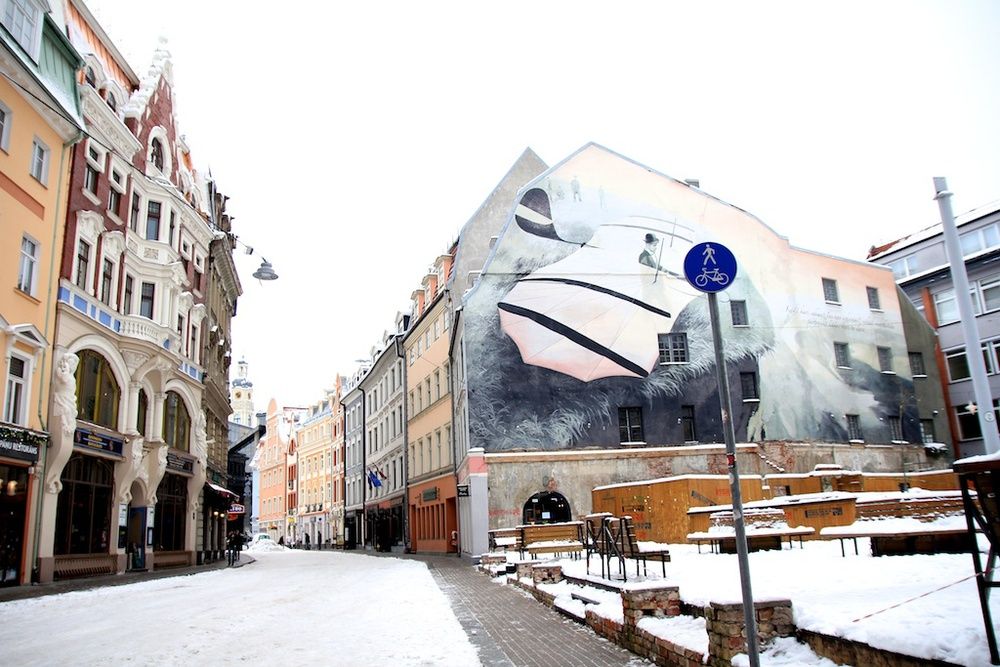
five – the science academy
Why in the world would I be interested in the Science Academy? I was not. None of us were. The only reason we went there was to get to the top of the building for another view of Riga cityscape. We were pretty sure the 17th floor was opened to visitors, but we just couldn’t get past the receptionist who did not speak a word of English (still baffled). Those who were walking in and out of the building looked really serious (must have been scientists and inventors) and were probably thinking of ways to make this world a better place, we weren't about to disrupt their train of thought of what might be the next great breakthrough, so we left the building. It was, nevertheless, nice to step out of Old Riga and see a bit of Russia in what is known as the Moscow District. The view staring up at the Science Academy was magnificent.
A relic of Riga’s Soviet past, the Science Academy was also known as Stalin’s Birthday Cake. Ironically, Stalin passed away before construction was completed; he never got to blow his candles.
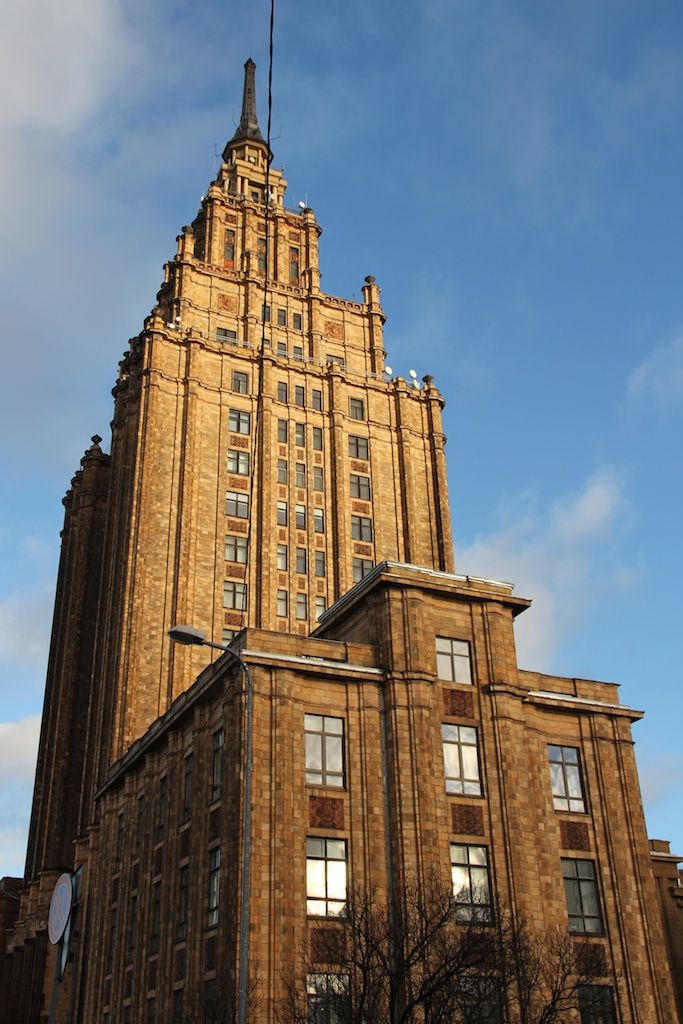
six – wandering the neighbourhood of Kalnciema
Kalnciema iela is situated across the Daugava river and was never part of the original Riga, that is, the Old Riga. Buildings outside of Riga city, back in the day, were not allowed to be built in stone, only with wood, this was because when enemies attacked, these wooden buidlings could easily be burned down to hamper the enemies from moving towards the walls of Riga city. The neighbourhood of Kalnciema is nothing like Old Riga.
These wooden buildings along Kalnciema iela which harbours the history from the end of the 19th century have been and are being restored. The façade of some of these buildings seemed abandoned, but behind the glass windows, flat screens and Herman Millers fill the interior.
There is something about Europeans and preserving the old stuff. I find it very charming.
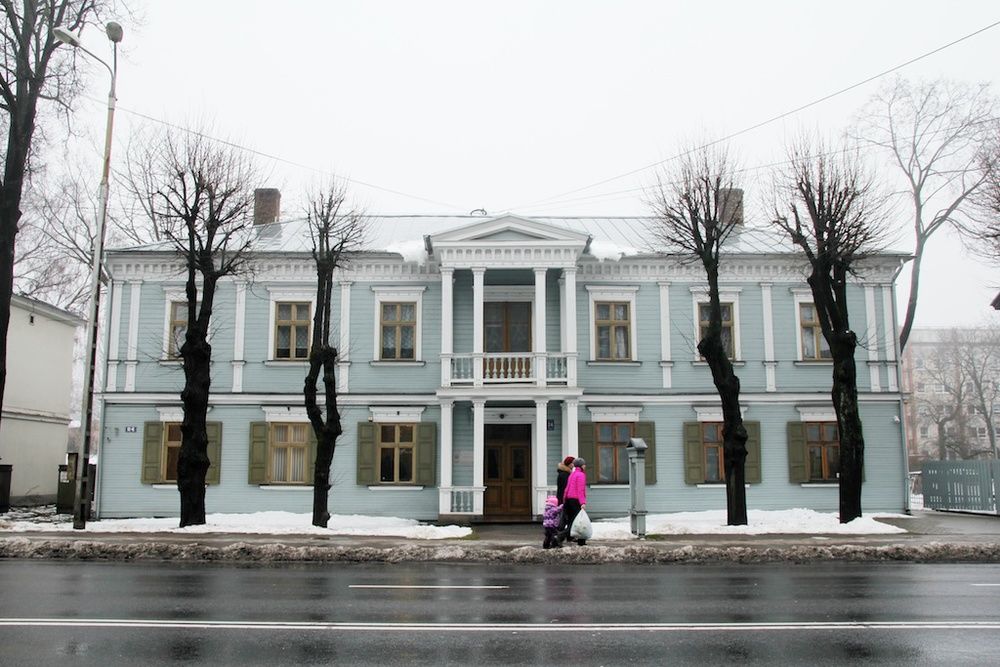
seven – taking their public transport and jaywalking
Getting around in Riga is extremely convenient. The entire city is well integrated with trams, trolleybuses and buses running through almost every street. The only problem was, there was no map that integrated these services. They did not have the equivalent of a London Tube map. Planning ahead (via their official website) was therefore necessary.
Having said that, sometimes these websites fail you, and you’re taken on a pleasant ride to places you never planned to see.
Jaywalking is safe in Riga. But do that only at intersections where there are no traffic lights (they probably haven’t figured out where to place them). No need to look out for cars, trams or trolleybuses, no honking nonsense, you are king on the road, just walk.
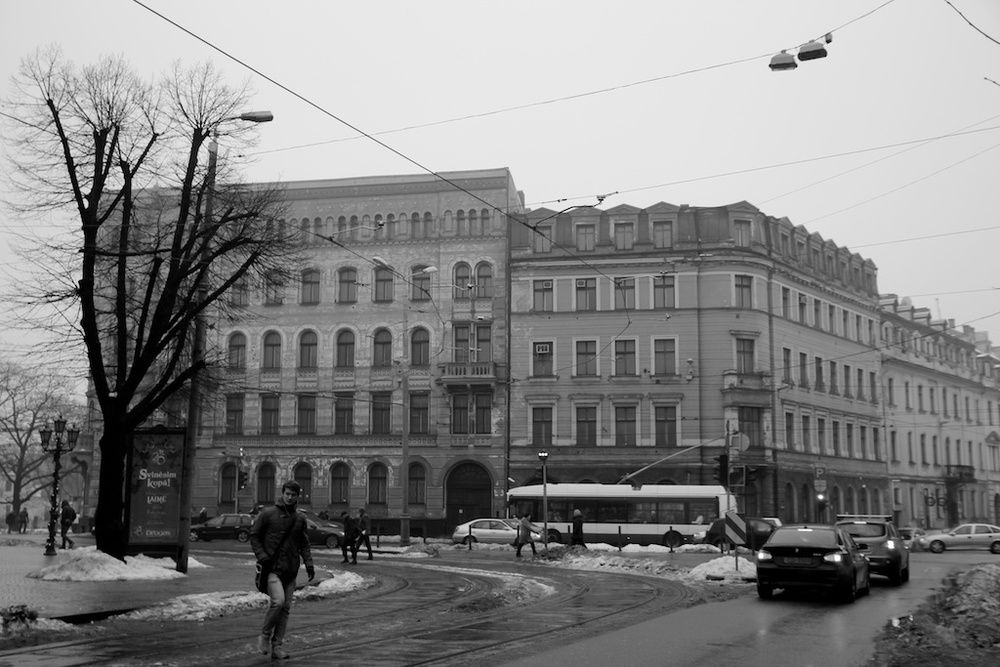
eight – christmas markets
The Christmas Markets in Riga were not extravagant but magical nonetheless. Very quaint and not crowded at all. Fun fact – the first ever Christmas tree was decorated in Riga in 1510.
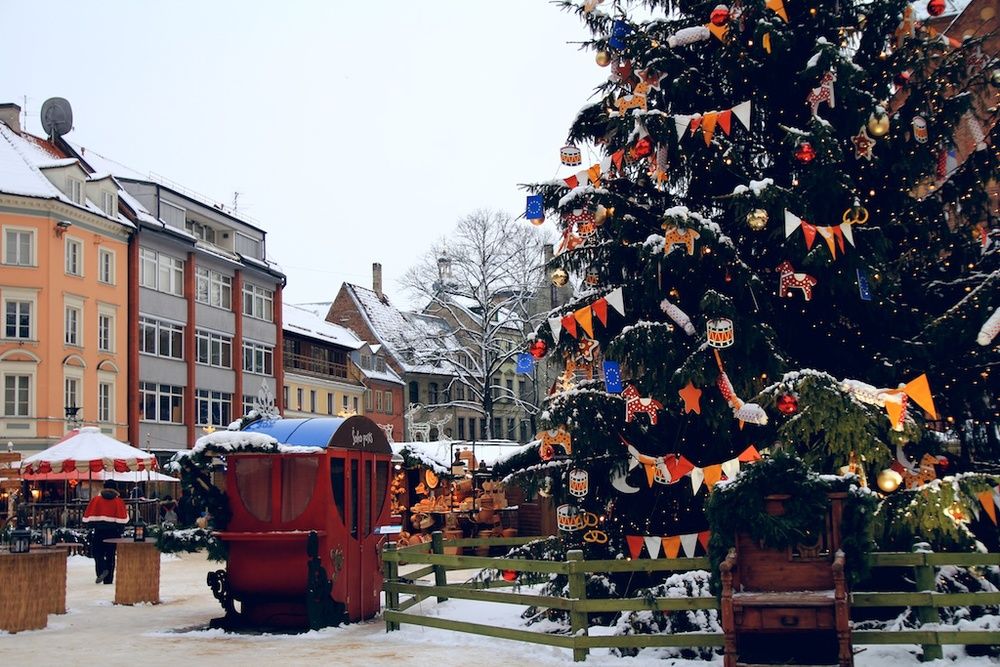
nine – trying the Black Balsam
A traditional herbal alcoholic drink that is very much valued in Latvia. Legend has it, when Empress Catherine the Great of Russia stopped over in Riga, she fell ill and was miraculously cured by drinking the Balsam, this medicinal liquor has become famous ever since. The Black Balsam looks and tastes like cough syrup, it burns the throat when chugged down, it was the perfect reminder that I had blood running through my veins.
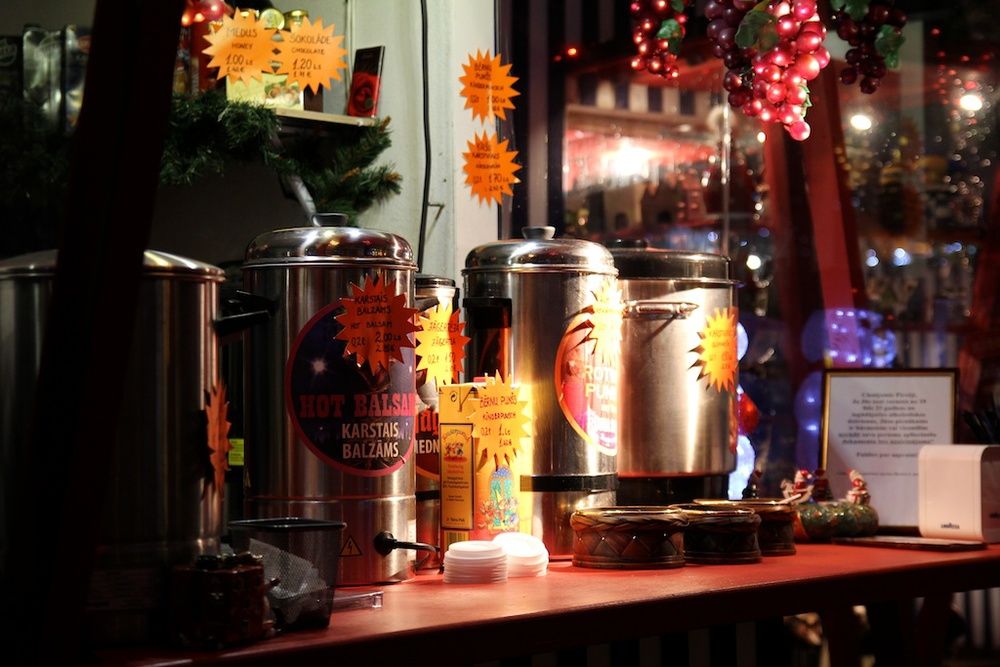
ten – meeting new people
We stood out like sore thumbs in Riga. I suppose the people could not help but stare. It felt very uncomfortable, worse still, they looked angry most of the time. I hope it was the weather. But when you get them to start talking, they were actually warm and very eager to share stories about their country.
And then there was this lovely lady we met on a tour, a 74-year-old who was traveling alone. Now a retiree, she sold her house and has been house-sitting around Australia and England for seven years. What a fantastic way to save money, live rent-free and broaden your horizons all at once!
We had lunch together before we went our separate ways. When her food came, she asked, “What was it that I ordered... you tend to forget things as you get older”. That obviously did not concern her a bit. She is the true embodiment of “age is nothing but a number”.
